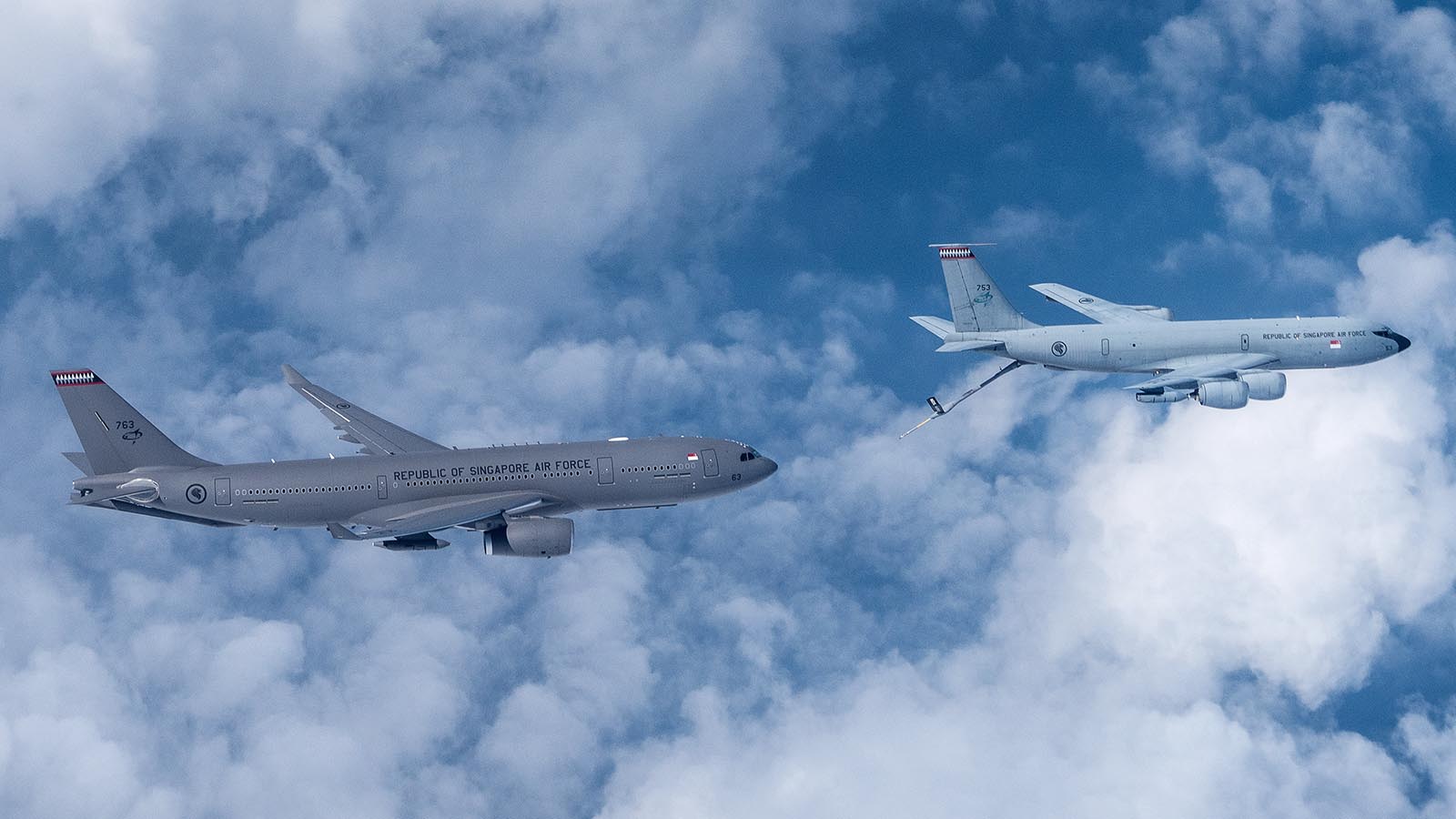 "> The A330 Multi-Role Transport Tanker replaces the KC-135R Stratotankers.
"> The A330 Multi-Role Transport Tanker replaces the KC-135R Stratotankers. 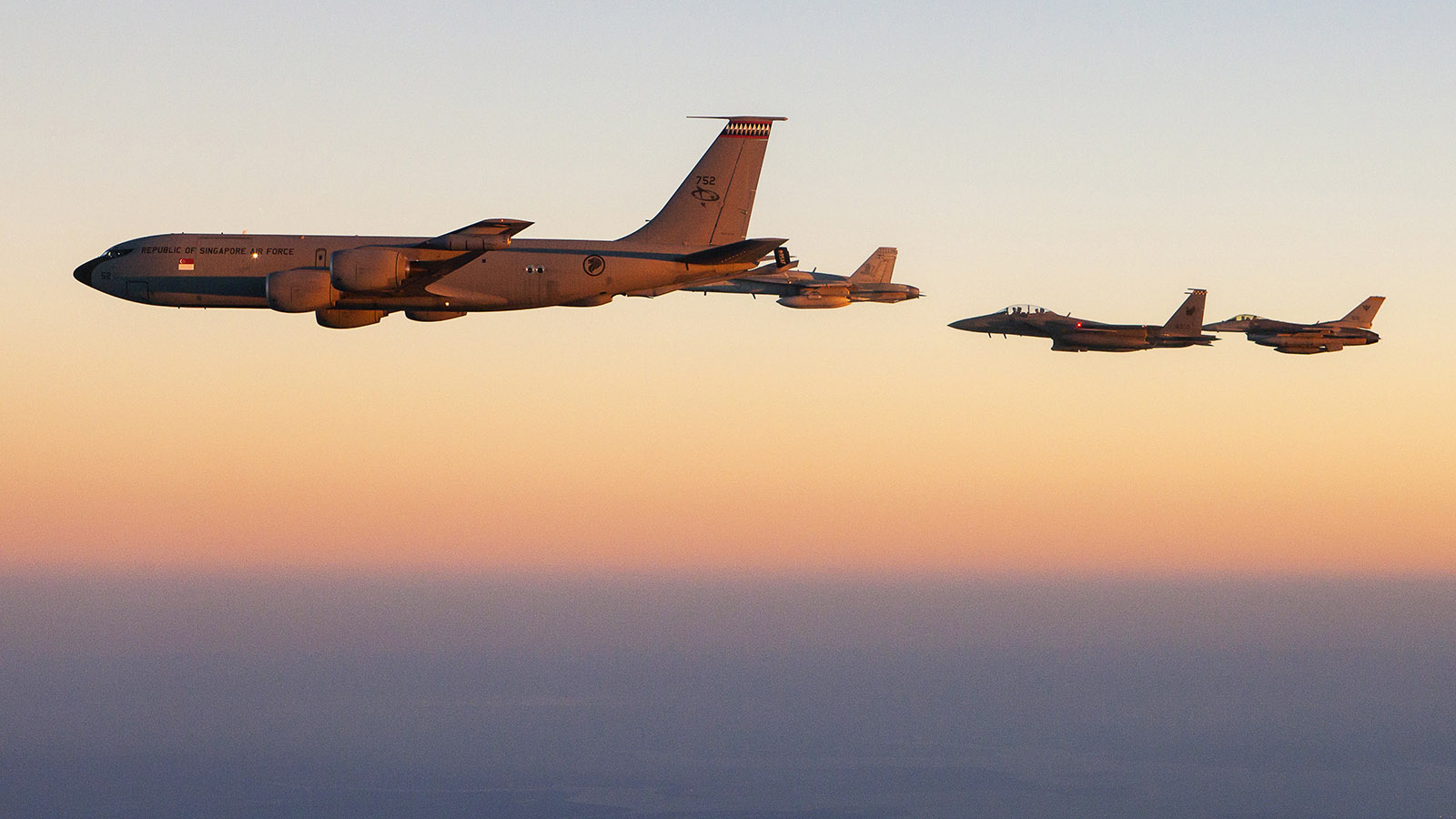 "> The KC-135R Stratotanker leading a formation of fighters at Exercise Pitch Black in Darwin, Australia.
"> The KC-135R Stratotanker leading a formation of fighters at Exercise Pitch Black in Darwin, Australia. The KC-135R Stratotankers that 112 SQN operates are no strangers to most. Afterall, they’ve been serving faithfully in the RSAF since they first touched down in Singapore in 2000. Some 19 years later, they took their final operational flight in June this year. Their operations have since been taken over by the new A330 Multi-Role Transport Tankers. It is more cost effective to replace the KC-135R with the A330 MRTT, which offers enhanced capabilities to meet the SAF’s long-term operational demands.
But first, here’s a look at some of our KC-135R achievements!
THEY BELONG TO THE MERDEKA GENERATION
The RSAF acquired a fleet of KC-135 tankers from the USA in 1997. Originally built as the KC-135A for the United States Air Force, these aircraft were refurbished and modified into the KC-135R Stratotankers.
The oldest of the KC-135As was built in 1959, qualifying it to be part of the Merdeka Generation! Yet with a quick upgrade, they were mission ready - equipped with reliable and fuel-efficient CFM56 engines, along with the Boeing-developed Multi-Point Refuelling System that provided the flexibility to refuel both probe-equipped and receptacle-equipped aircraft receivers on the same mission.
These upgraded KC-135Rs were delivered by Boeing to the RSAF's Peace Guardian Detachment in McConnell Air Force Base, Kansas, in 1999. In 2000, the first KC-135R returned to Singapore, with 112 SQN being inaugurated later that year on 12 December.

The KC-135R conducting air-to-air refuelling operations with the A-4SU Super Skyhawks through the probe-and-drogue method.
THEY FLEW SOME OF THE RSAF'S FURTHEST DEPLOYMENTS
The KC-135R is an air-to-air refuelling jet tanker whose main mission is to provide mid-air refuelling to other aircraft so as to extend their endurance. One of the longest missions that the KC-135R did was the redeployment of four F-16C/Ds from New Mexico, USA, to Singapore in 2000. The entire journey took six days to complete, totalling 22 hours of flying and covering over 16,000 km.
In 2004, two KC-135Rs were also deployed alongside six F-16C/Ds to Exercise SINDEX in India, before heading further west to Exercise WESTERN ARC in France. That was the longest “ferry hop” that the RSAF has undertaken then, covering more than 10,000km from Singapore to France through India, United Arab Emirates and Greece.
The KC-135Rs conducted some of the longest deployments of our fighters around the globe.
THEY DELIVERED AID AND SAVED LIVES
The aircraft identifier, KC, meant that it was not only a Tanker (K), but also a Transport (C) platform. This versatility saw the KC-135R take on many Humanitarian Aid and Disaster Relief missions. Over the years, they have flown tonnes of relief supplies for such missions, such as Operation Flying Eagle after the Boxing Day Tsunami in 2004, Bangkok flood relief efforts in 2011, and relief efforts to Bangladesh for the displaced persons affected by the humanitarian crisis in Rakhine State.
Notably in February 2011, a KC-135R flew in the Singapore Civil Defence Force's urban search and rescue team to Christchurch, New Zealand after a 6.3 magnitude earthquake. While in theatre, they also supported the evacuation of civilians out of Christchurch to Auckland.
In 2017, the KC-135R airlifted humanitarian supplies to Bangladesh to provide relief to the displaced persons affected by the humanitarian crisis in Rakhine State.
THEY CAN BE A FLYING HOSPITAL
During the tragic crash of Singapore Airlines flight SQ006 in Taipei in 2000, 112 SQN was activated to provide aeromedical evacuation of serious casualties back to Singapore in the shortest time possible. Within two days, the airmen of 112 SQN and Air Force Medical Service configured the KC-135R into an inflight Intensive Care Unit.
The 28-member team comprising doctors and medical staff from the Singapore General Hospital and the aeromedical evacuation team successfully repatriated three critically-injured Singaporeans back for further medical treatment. Among them was Mr Ang, who we met up with in 2006. This is his story -
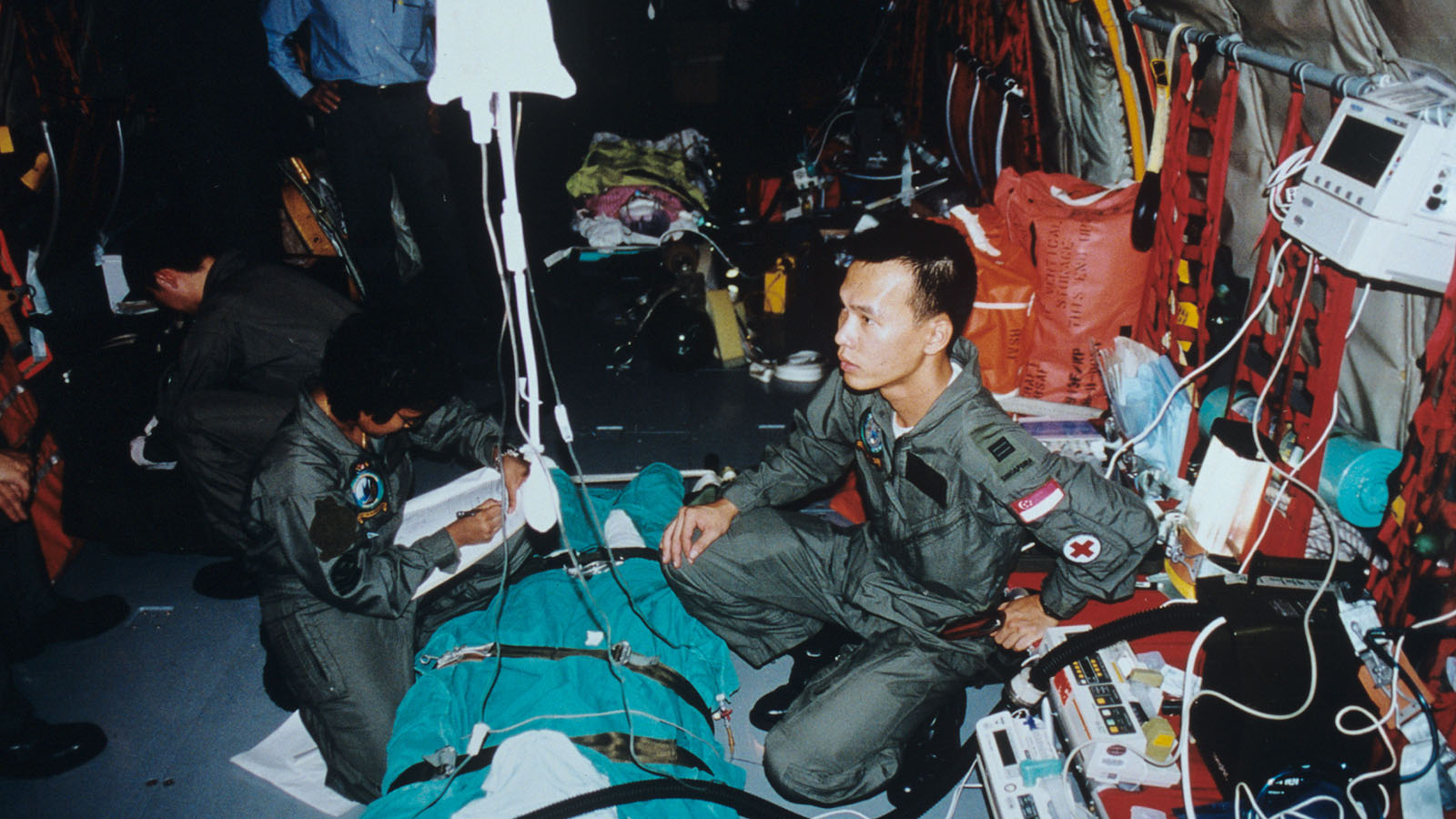
The KC-135R could be configured into a flying intensive care unit to conduct aeromedical evacuations.
THEY HAVE SPENT MONTHS OVERSEAS FOR VARIOUS OPERATIONS
Between 2004 to 2008, the KC-135Rs took part in multiple deployments to the Gulf in support of the multinational efforts in the reconstruction of Iraq and Afghanistan. Being able to refuel aircraft using both the boom and probe-and-drogue methods, they were highly sought after by the coalition team. They provided air-to-air fuelling for more than 1,400 coalition aircraft, offloading a total of 14 million pounds of fuel in over 300 refuelling sorties.
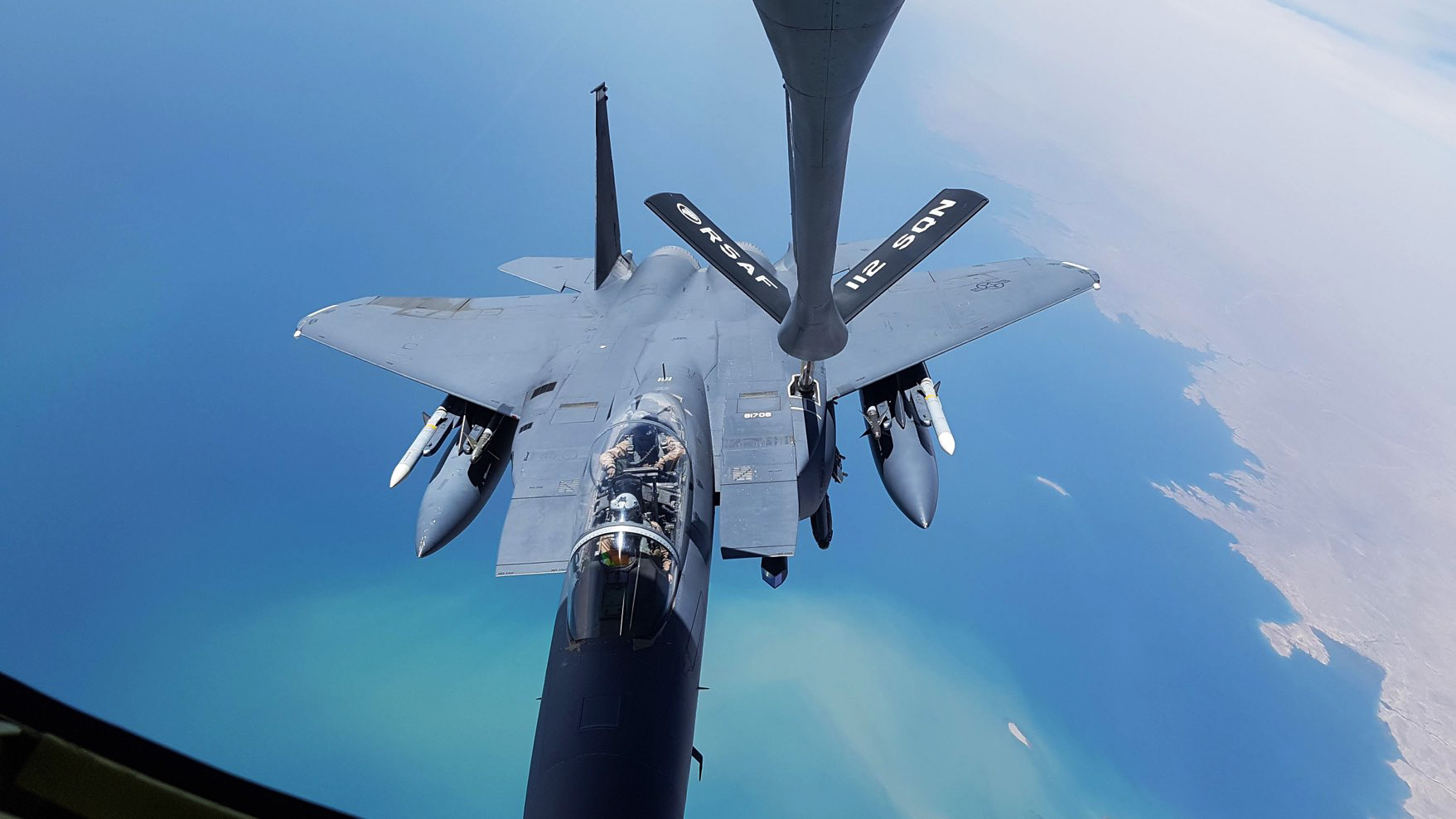
The KC-135R conducted air-to-air refuelling for coalition fighters during their deployments to the Gulf.
THEY FLEW OUR FLAG HIGH IN OVERSEAS EXERCISES
The KC-135Rs are no strangers to the international stage as they not only help deploy our fighters around the globe, they also participate in many large-scale overseas exercises themselves. The vast training airspace available at these locations not allow the KC-135Rs to maximise their potential, but also extend the endurance of participating fighters from different Air Forces. This allows the fighters to stay airborne longer and conduct more complex missions.
Exercises they participated in over the last 20 years include Exercise Cope Tiger in Thailand, Exercise Pitch Black in Australia, and as far as Exercise Red Flag – Alaska in the USA.
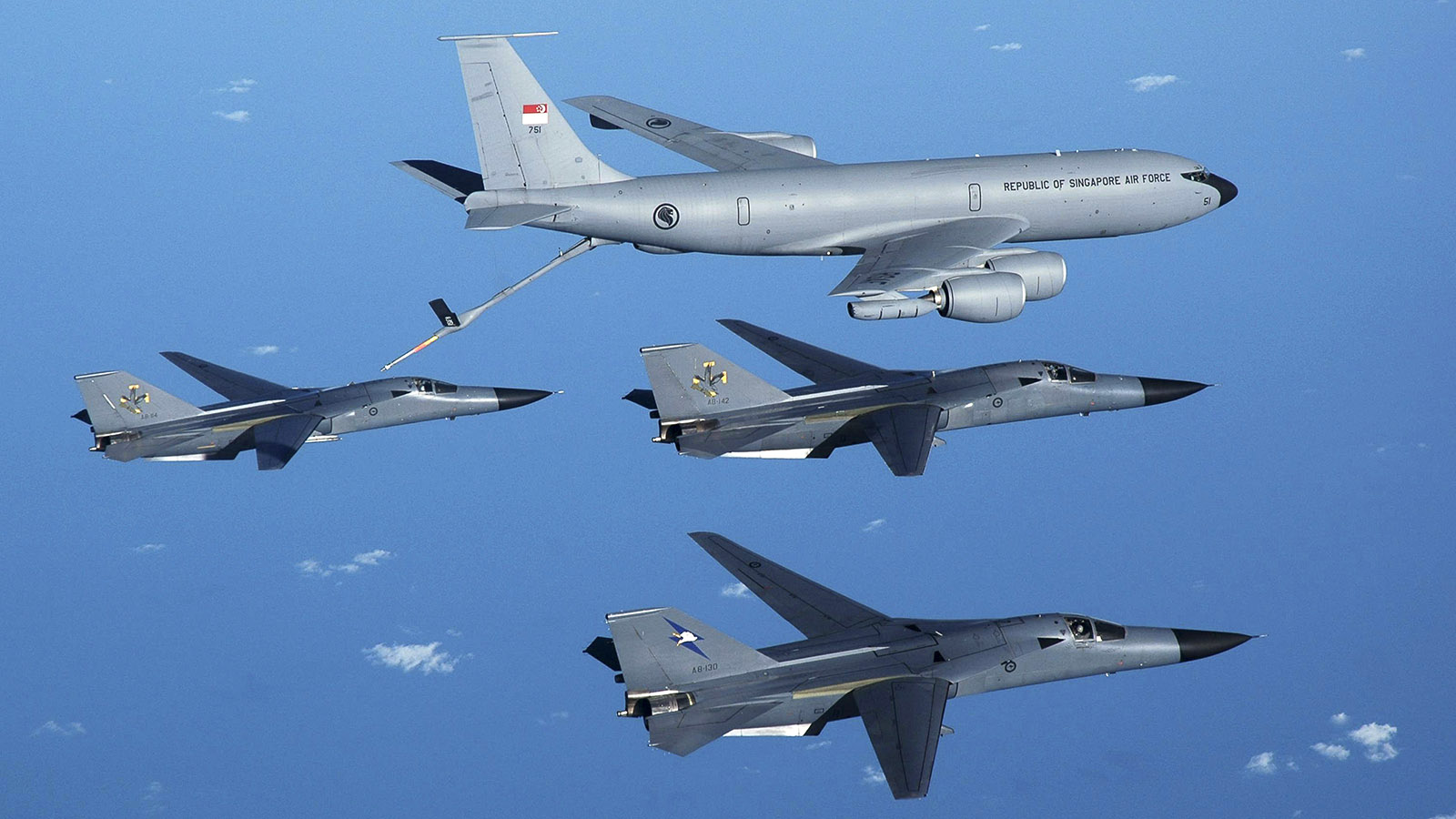
The KC-135R participated in many multilateral air exercises around the globe, including those with the Royal Australian Air Force.